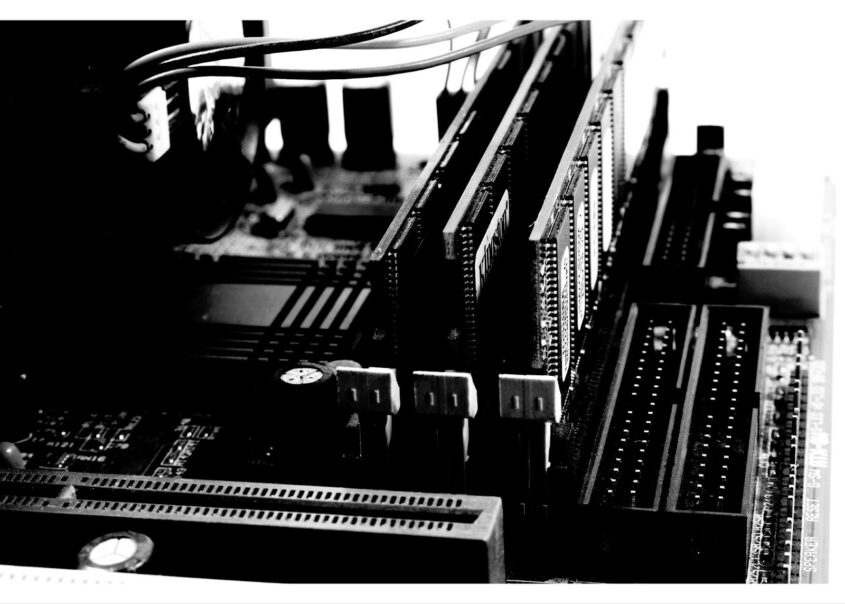The Vital Gap: How AI Lacks the Nuance of Human Vitality Affects

In this new era of artificial intelligence (AI), where machines can diagnose diseases, drive cars, and even mimic human conversation, an unbridgeable gap remains: the absence of vitality affects. These dynamic qualities of emotional experiences encompass our feelings’ rhythm, tempo, intensity, and flow, which are distinctly human attributes that AI cannot replicate. Vitality affects imbue our interactions with richness and depth beyond mere data processing, embodying the essence of being alive and emotionally engaged with the world.
At the heart of vitality affects lies the intricate dance between thinking and feeling—a dance where thoughts are felt, and feelings are thought. This interplay is crucial for problem-solving in ways that AI, despite its advanced algorithms and processing capabilities, cannot emulate. Human decision-making is not solely a logical process; it is deeply intertwined with our emotions, where the “how” of our feelings significantly influences the “what” of our actions.
Consider the example of a doctor delivering a difficult diagnosis. The content of the message is critical, but the way it’s delivered—softly, with empathy and concern—carries the true weight. This embodiment of vitality affects in the nuanced modulation of voice and the careful choice of words, can ease the recipient’s pain or heighten their anxiety. In its current state, AI cannot navigate this delicate emotional terrain, where the success of communication often hinges on these subtle, affective cues.
Moreover, vitality affects play a pivotal role in creative problem-solving. When humans find solutions, it is not just a cold calculation of variables but a dynamic process where intuition, emotion, and logic intertwine. A breakthrough idea often comes with a surge of excitement—a vitality affect that propels the thinker forward. This emotional dimension of discovery and innovation is something AI cannot experience or leverage.
Vitality affects facilitate a deep, nonverbal understanding between people in everyday interactions. A comforting presence, a contagious enthusiasm, or a shared sorrow—all these experiences rely on our ability to emit and perceive these subtle emotional signals. No matter how sophisticated, AI remains on the sidelines of this rich emotional exchange, unable to fully participate in or comprehend the depth of human relationships.
As we advance further into the age of AI, it becomes increasingly important to recognize and value the unique aspects of human intelligence and emotional depth that machines cannot replicate. While AI can process, calculate, and even mimic to a certain extent, it lacks the essence of vitality affects—the very thing that makes our emotional experiences deeply human and profoundly meaningful.
In conclusion, the distinction between human and artificial intelligence is most pronounced in emotional experience and expression. As we navigate a future intertwined with AI, let us not forget the irreplaceable value of human vitality. They remind us that at the core of our problem-solving, creativity, and communication lies a beautifully complex interplay of thoughts and feelings—a domain where AI cannot tread and where the human spirit thrives.






